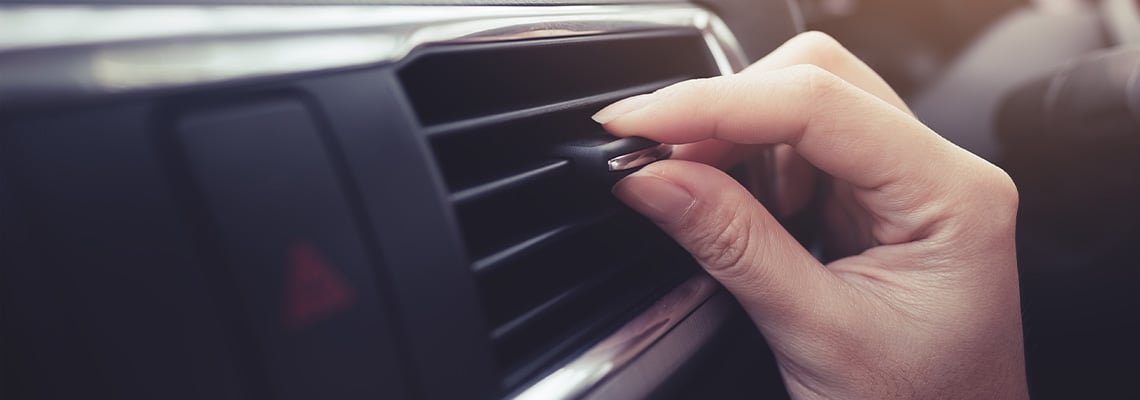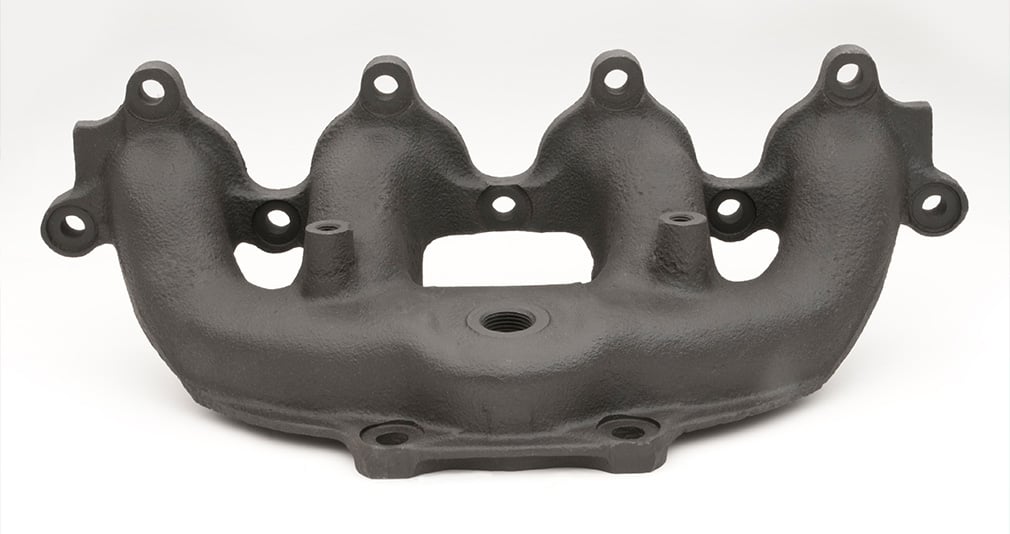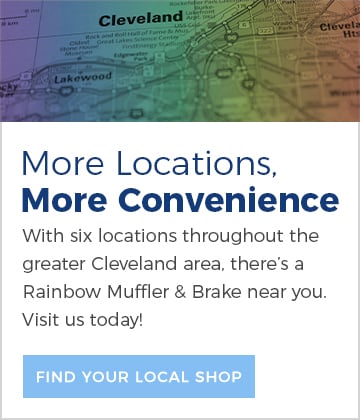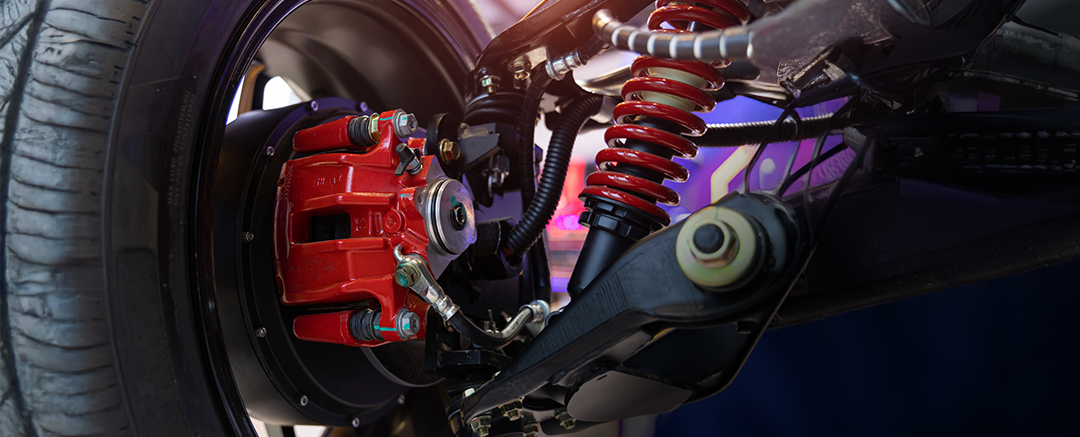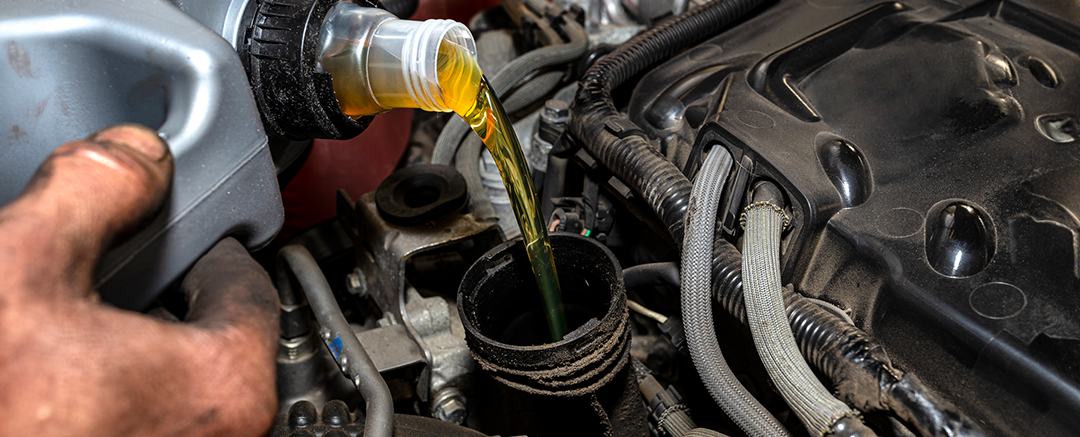When temperatures drop below freezing, engines can struggle to get moving without some help. Sometimes that assistance comes from engine block heaters. During our Cleveland winters, you might have seen the electrical cord from an engine block heater hanging from the grille of a car. Heaters are a great investment to increase the life of your vehicle and to ensure it's ready to run at all times. Here's why you should consider purchasing an engine heater and what it can do for your vehicle.
What Are Engine Block Heaters?
Engine block heaters are devices used to warm the engine and fluids before starting a vehicle. In bitter cold temperatures, heaters are useful because they reduce the risk of damage from "cold starts" and idling. When the car is started after using a heater, fluids quickly reach an ideal operating temperature.
Warming the car's fluids is essential in frigid weather. Engine oil can become thick and sludgy when cold, causing parts to scrape against one another, but idling your vehicle isn't recommended. Warming the oil before starting the vehicle can also increase fuel economy and reduce emissions. Coolant, which regulates your vehicle's temperature, can also be warmed with heaters. Since coolant affects the cabin heat, using a heater will speed up the time needed to warm your car's interior.
Types of Engine Heaters
Not all engine heaters are "block" heaters. Some work to heat the oil or coolant directly, while others heat the block or engine itself. Which type you choose will depend on your vehicle and needs.
Some engine heaters are simple to install and can be used on all vehicles. Others are not reusable and should only be installed by professionals or owners with mechanical skill. Here are the most popular types of engine and block heaters:
Frost plug heater: Replaces the existing frost plug in the engine block to heat the coolant directly. It should be professionally installed.
Engine-warming blanket: These special blankets radiate heat into the engine. They're easily placed on top of the engine or attached inside the hood.
Oil pan heater: As the name implies, an oil pan heater heats the oil pan, which then heats the oil indirectly. It can be attached with magnets or bolted to the oil pan. Consult a professional before installing.
Dipstick heater: A dipstick heater replaces your regular engine oil dipstick. It's easy to install and heats the oil directly.
In-line heater (circulating): This uses a pump to circulate warm coolant through the engine. It should be professionally installed.
In-line heater (non-circulating): An in-line heater heats the engine coolant directly by splicing into the coolant hose. It should only be installed by professionals.
Bolt-on external heater: This attaches to the engine block and heats the engine directly. Coolant is then indirectly heated. It should be professionally installed.
Professionals are often required because an electrical cord has to be properly routed through the engine compartment. Installed incorrectly, the cord can become damaged, and the heater will fail to work.
Who Needs One?
Since Cleveland experiences hard freezes, and winter is hard on cars, engine heaters can be beneficial. We recommend considering investing in a heater to protect your vehicle.
If your car isn't used daily (and therefore not warmed regularly), engine block heaters can also be useful. For example, they're a popular option for drag racers who leave their vehicles sitting between races.
Vehicles with diesel engines will also benefit from engine heaters. This is because diesel engines require higher temperatures than gasoline-powered vehicles to fire the fuel. Vehicles that use non-synthetic oil may also benefit from a heater.
HOW AND WHEN TO USE A HEATER
The best way to use an engine heater will depend on the temperature outside. If it's cold enough to gel your antifreeze (check your manual or the antifreeze brand you use) and crack your block, it might be necessary to plug in your heater overnight.
In less severe cold weather, you can save money on electricity by using a timer. The timer will allow you to start the heater a few hours before your commute. Typically, the heater only needs two to four hours to warm the engine properly in cold weather.
Also, you don't need to use an engine heater on every cold day. It's only necessary on days when temperatures fall below 5 degrees Fahrenheit. A remote starter or very brief idling time will effectively warm the engine in more moderate temperatures.
An engine heater can reduce the risk of engine damage and extend the life of your vehicle. If you would like advice or help installing an engine heater, our mechanic shops in Cleveland, Ohio are here to help!




